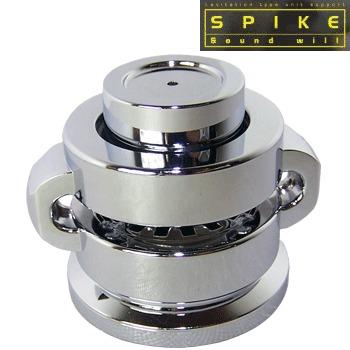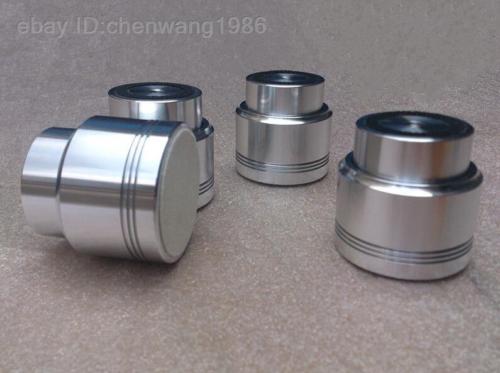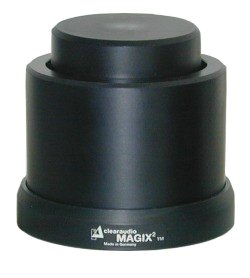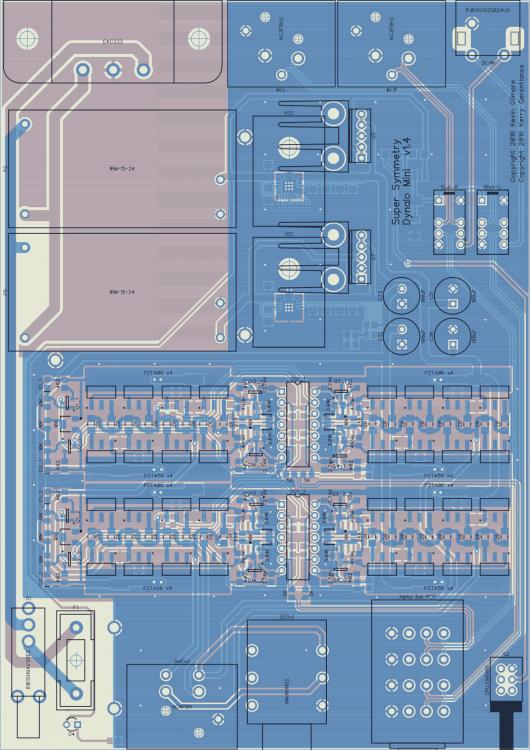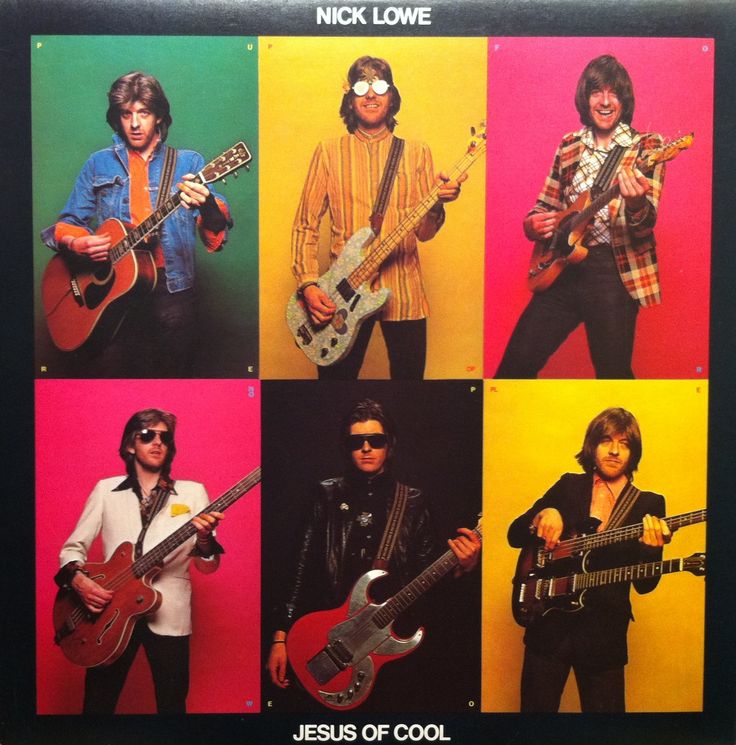Leaderboard
Popular Content
Showing content with the highest reputation on 11/02/2016 in Posts
-
And now for something completely different: Neil Diamond — All Time Greatest Hits IT'S LIKE A WALL OF HITS6 points
-
Purk, I'm sorry to say this but your co-worker, who may be a genius (not the kind Brent claims to be, I mean a real genius) and way smarter than me but he is an idiot. And Grahame, if Purk's co-worker was a state, he would be Florida.4 points
-
3 points
-
3 points
-
3 points
-
3 points
-
Many times I have wanted to ask someone to listen to a recording and compare a few notes, mostly around system "voicing" and dialing things in. So, we will see if there is interest to help. First request is Bill Evans "Waltz for Debbie" APJ 009 (vinyl). If you have a different format or mastering, then that could be interesting as well.2 points
-
2 points
-
Thanks. WTF is what I said too! Other than the itch and periodic dry cough, no real symptoms. I'm hpoing the horse pills kill it off.2 points
-
I can't vote but this election has been a crazy. 3.5 more years before I can sit on my citizenship test. Took me almost 10 years to get my greencard through work authorization.2 points
-
1 point
-
1 point
-
I could buy a lot of different things I'd rather have than a small increase in performance.1 point
-
You could buy 100 Le sacre du printemps LPs for $32001 point
-
1 point
-
I was thinking. We discussed hard spikes as a support. My take on those is they would raise the resonance (frequency in hz) rather than lower it as a solid support. They may suit on a carpet to wooden floor situation? On a concrete floor (totally solid mass, no under floor or void) a spike may work well. But on most floors or in my case my marble plinths, there will be some resonance as various frequencies. So, going soft rubber may reduce those resonances to lower than say 10hz which is good. But what about total levitation. The MagLev train in Japan uses it to great effect. I found some of these feet at hifi collective. They are not crazy money and look well made. My only worry may be stray magnetic fields as the structure looks open. Others are available but more money, more than I would pay. Has anyone tried a Mag Lev support for their gear? These on Ebay are cheap. I would need 5 per speaker. Clear Audio feet, but only take 4K per feet. Not enough for speakers.1 point
-
I wonder how the Utopias would pair with a GS-X MkII?1 point
-
1 point
-
1 point
-
1 point
-
1 point
-
Instead of using a simple LM7815/7915 circuit feeding the LV lines it can be replaced with Kevins Golden Reference Low Voltage power supply (GRLV) which has much less noise.1 point
-
1 point
-
1 point
-
One of my co-worker is a big fan of one candidate. However, he absolute refuse to go vote because he believes that the election is rigged due to voter fraud. I couldn't understand the guy for not wanting to cast his vote. I would have if I have the right to do so.1 point
-
I'm OK with those that don't vote. That is as long as they shut the fuck up when the elected individual does something they don't like. No vote, no opinion!1 point
-
His is the KGSS reviewer edition I believe. I am with John here that you really need the KGSSHV at a minimum to show case what the SR007 can really do. My KGSSHV Carbon recently came back from the GRLV upgrade and both the SR009 & SR007 were so great out of it. The SR007 almost has too much bass out of the the Carbon..still a sublime listening experience.1 point
-
No, dude. I'm 100% cool with anyone who votes, assuming they have the legal right to do so. It's those who don't vote that should be ashamed of themselves.1 point
-
Yeah - they are weird objects. A star has to be greater than about 8 solar masses to gravitationally collapse into a neutron star at the end of its life. Much more than ~30 solar masses and you get a black hole rather than a neutron star. Both these exotic objects are supernova remnants. When a large star runs out of fuel, it collapses bewilderingly quickly - a few seconds - producing a huge amount of exceptionally hot material (mainly as a result of mechanical bounce - first the core collapses, then the outer shells of the star go inwards at about a quarter the speed of light, hits the collapsed core, bounces, and comes out again very hot indeed). Also, since a star spins (pretty slowly), as it collapses the spin speeds up, like a figure skater spinning on the ice can speed up, due to conservation of angular momentum. A neutron star can spin anywhere from once every few seconds up to about 1kHz, and emit a beam of radiation along its spin axis at the rotation speed. That was discovered in 1967 by a then research student called Jocelyn Bell in Cambridge UK using the radio telescope there. Initially tongue-in-cheek christened LGM for Little Green Men, she later figured out could be a spinning neutron star - now known as a pulsar. Her research supervisor Anthony Hewish won the Nobel prize for her work, and she got diddly squat. The fate of our star is different - since it is below something called the Chandrasekhar limit for formation of a white dwarf (>~1.44 solar masses; he figured that out aged 19, back in 1930) it will progressively bloat and cool when it runs out of fuel, swallowing up all the planets to earth and beyond, and becomes a red giant. Lucky for us not for quite a while yet, even though our sun destroys 5 million tons of material every second in nuclear fusion. To put that into context, a 10MT thermonuclear bomb destroys 0.05kg.1 point
-
1 point
-
1 point
-
1 point












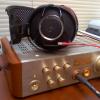



.thumb.jpeg.ed154e0dc2357ad342b3150b720d03c8.jpeg)
.thumb.jpeg.8e476882058b4a22280a3df2cbc8f812.jpeg)


